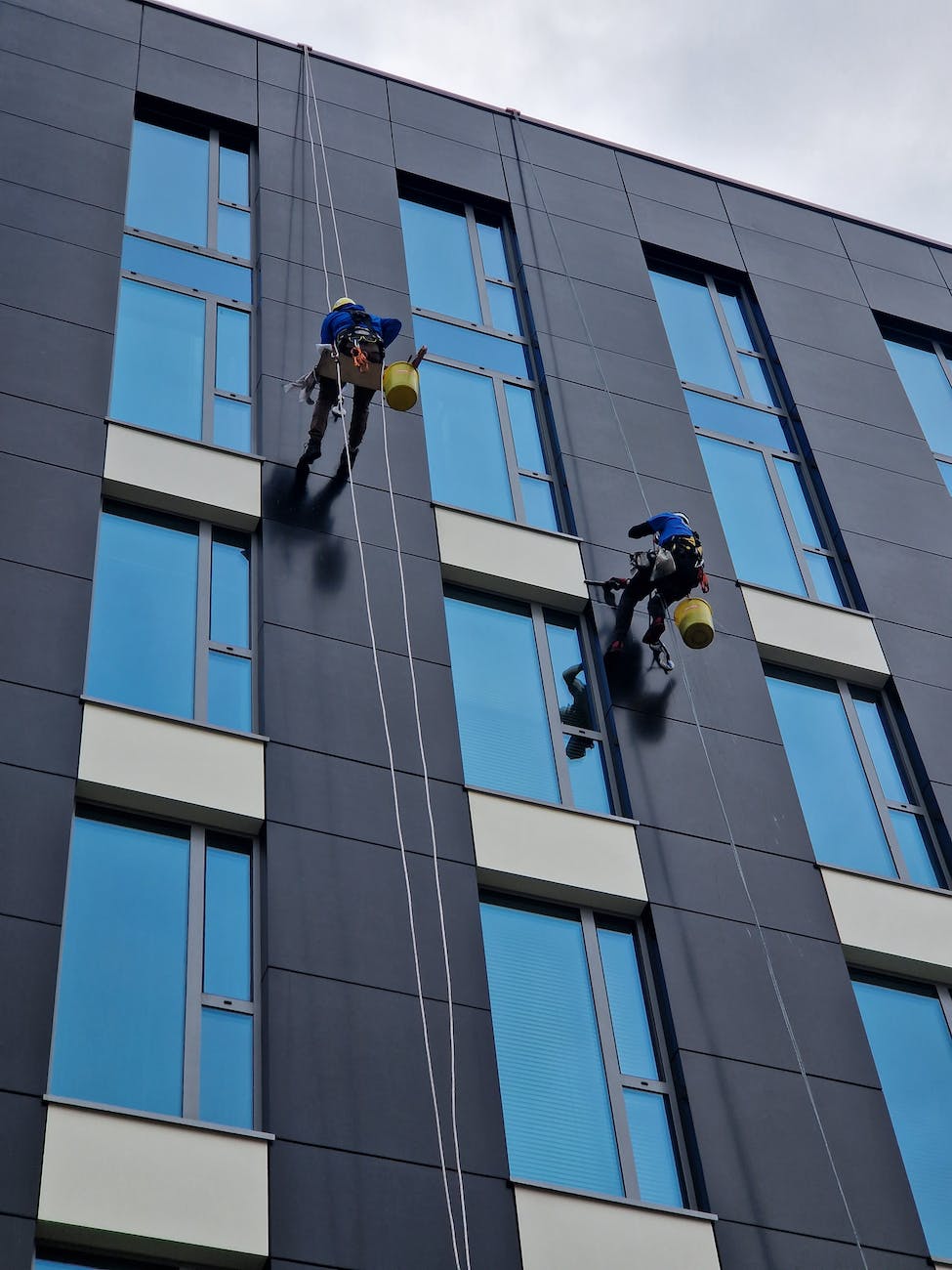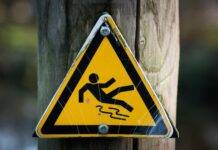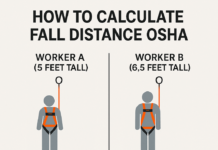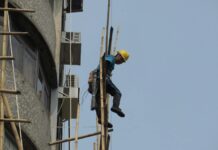
Work at Height Hazards and Precautions
Introduction
Work at Height Hazards and Precautions : Working at height is an integral part of many professions, and while these tasks are essential, they also come with inherent risks. In this article, we will systematically explore the hazards associated with working at height and the crucial precautions that individuals and employers should take to ensure safety.
Understanding the Risks
Working at height involves any situation where an individual operates at an elevation that can lead to injury or death if they were to fall. Let’s delve into the common hazards:
1. Falls from Heights
– The Most Obvious Hazard
The most apparent risk is the possibility of falling, whether it’s from a ladder, scaffold, or rooftop. Falls from height can result in severe injuries or fatalities.
2. Falling Objects
– A Danger from Above
Materials, tools, or debris dropped from height can cause harm to those below. Proper storage and securing of objects are essential to prevent this hazard.
3. Structural Failures
– When the Foundation Gives Way
Scaffolding or platforms can collapse if not properly constructed or maintained, posing a significant risk to workers.
4. Weather Conditions
– Nature’s Unpredictability
Adverse weather conditions, such as rain or strong winds, can increase the chances of accidents, making it crucial to consider weather factors during work at height.
Precautions for Safe Work at Height
To mitigate these hazards, it is crucial to follow safety guidelines and precautions rigorously. Let’s systematically explore these precautions:
Training and Education
1. Proper Training
Workers must receive comprehensive training on working at height, including the proper use of equipment and fall protection measures.
2. Awareness
Workers should be aware of potential hazards and how to identify them. Regular safety briefings and updates are essential.
Equipment and Gear
1. Personal Protective Equipment (PPE)
The use of PPE, such as helmets, harnesses, and non-slip footwear, is essential for protection. Employers should provide and ensure the proper use of PPE.
2. Inspection
Regular inspections of all equipment, including ladders and scaffolding, should be carried out to ensure their safety and reliability. Damaged equipment must be repaired or replaced promptly.
Planning and Organization
1. Risk Assessment
Employers should conduct a thorough risk assessment before any work at height begins. Identifying potential hazards and planning accordingly is a fundamental step in ensuring safety.
2. Proper Supervision
Adequate supervision on-site can help prevent accidents and ensure that safety measures are followed. Supervisors should be trained to recognize and address potential issues promptly.
Conclusion
Working at height can be a risky endeavor, but with the right precautions and a commitment to safety, the risks can be significantly reduced. Employers and workers must collaborate to create a systematic approach to safety, promoting a safe working environment and preventing accidents.
What is a Safe Ratio for Working on a Portable Ladder?
OSHA Regulations for Working at Height
Frequently Asked Questions (FAQs)
- What is considered “working at height”?
- Working at height refers to any situation where a person operates at an elevation where falling could result in injury or death.
- Why is PPE essential for working at height?
- Personal Protective Equipment (PPE) provides an additional layer of protection, reducing the severity of injuries in case of a fall.
- How can adverse weather conditions affect work at height?
- Adverse weather conditions, such as rain and strong winds, can make surfaces slippery and increase the risk of accidents. It’s essential to consider weather factors during work at height.
- What should I do if I encounter an unsafe situation while working at height?
- If you identify an unsafe situation, immediately cease work and report it to your supervisor or safety officer. Safety should always come first.
























